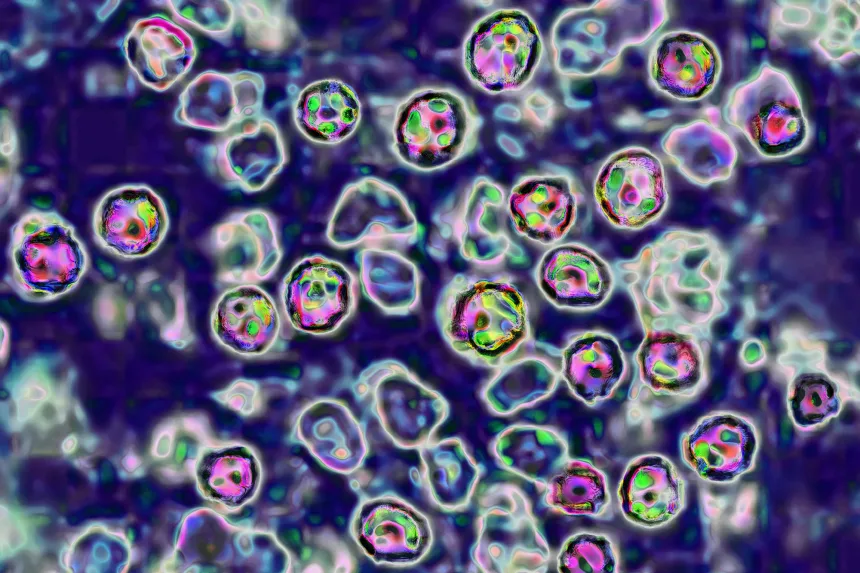Measles, once thought to be nearly eradicated in the United States, has been making an alarming comeback in recent years. Traditional methods of tracking measles cases rely heavily on clinical reporting, which often lags behind actual infection trends. However, a new and innovative tool is emerging in the fight against measles outbreaks: measles tracking wastewater. This method utilizes sewage monitoring to detect the presence of the measles virus in communities, providing a powerful early-warning system to help public health officials respond more quickly and effectively.
Understanding Measles and Its Spread
What Is Measles?
Measles is a highly contagious viral disease characterized by symptoms such as high fever, cough, runny nose, and a distinctive rash. The virus spreads primarily through respiratory droplets when an infected person coughs or sneezes. Because measles is so contagious, outbreaks can spread rapidly, especially in communities with low vaccination rates.
Recent Trends in Measles Outbreaks in the US
In recent years, several states have reported outbreaks of measles, often associated with communities experiencing declining vaccination coverage. Tracking these outbreaks traditionally depends on healthcare providers reporting diagnosed cases, which can delay public health responses. These challenges underscore the need for more timely and comprehensive monitoring techniques.
What Is Wastewater Monitoring?
The Science Behind Wastewater Surveillance
Wastewater monitoring involves analyzing sewage samples to detect the genetic material of viruses and bacteria shed by infected individuals. Since pathogens are excreted in bodily fluids, their traces can be found in wastewater, offering a community-wide snapshot of infections without relying on individual testing.
Previous Successes of Wastewater Monitoring
Wastewater surveillance gained widespread recognition during the COVID-19 pandemic when it helped identify infection trends before clinical testing could catch up. It has also been used effectively to track poliovirus in certain regions, proving its value in public health monitoring.
How Measles Tracking Wastewater Works
Detecting Measles Virus in Wastewater Samples
In the case of measles tracking wastewater, scientists collect sewage samples from wastewater treatment plants and analyze them using advanced molecular techniques to detect measles virus RNA. Regular sampling at strategic locations provides ongoing data about the presence and concentration of the virus in the community.
Correlating Wastewater Data With Measles Cases
The levels of measles virus RNA found in wastewater can help public health officials estimate the number of infected individuals in a given area. This correlation enables authorities to detect outbreaks early, often before patients seek medical care, and deploy targeted interventions like vaccination campaigns.
Advantages of Measles Tracking Wastewater
Early Warning System for Public Health
One of the biggest advantages of measles tracking wastewater is its ability to act as an early warning system. By identifying viral presence in sewage, health officials can anticipate outbreaks and respond proactively, potentially preventing widespread transmission.
Cost-effective and Non-Invasive Surveillance
Wastewater monitoring is a cost-effective alternative to mass individual testing. It is non-invasive and does not require individual participation, making it an efficient tool for monitoring large populations and underserved communities.
Challenges and Limitations
Technical and Analytical Hurdles
Detecting the measles virus in wastewater presents technical challenges. The virus is present in relatively low concentrations compared to other pathogens, and variations in wastewater composition can affect detection accuracy. Standardizing sampling and analysis methods is critical to ensure reliable data.
Ethical and Privacy Concerns
While wastewater surveillance does not target individuals, there are ethical concerns about privacy and data use. It is important for public health authorities to maintain transparency and use the data responsibly to build public trust.
The Future of Measles Tracking Wastewater
Integrating Wastewater Data Into Public Health Strategies
Public health agencies are increasingly recognizing the value of wastewater surveillance. Integrating measles tracking wastewater data into existing monitoring systems can improve outbreak prediction and enhance vaccination strategies.
Expanding Surveillance to Other Infectious Diseases
The success of wastewater monitoring for measles paves the way for its use against other infectious diseases. Ongoing innovations in technology may soon enable comprehensive monitoring of multiple pathogens, revolutionizing public health surveillance.
Conclusion
Measles tracking wastewater represents a groundbreaking approach to controlling measles outbreaks in the US. By offering timely, community-wide insights into infection trends, wastewater monitoring empowers health officials to act quickly and effectively. As research and technology advance, this method holds promise for enhancing public health surveillance and safeguarding communities from infectious diseases.
Don’t Miss Out! Get the Latest News, Tips, and Updates from Us!
